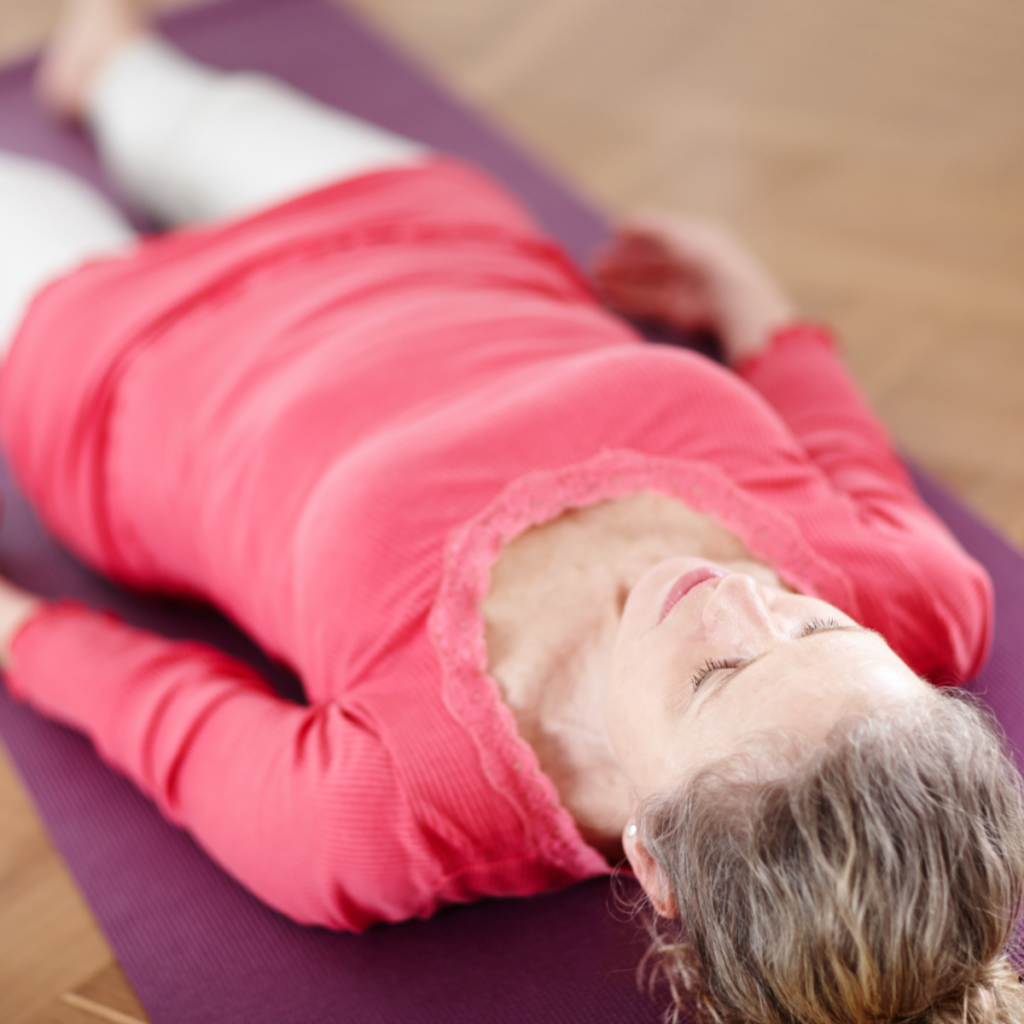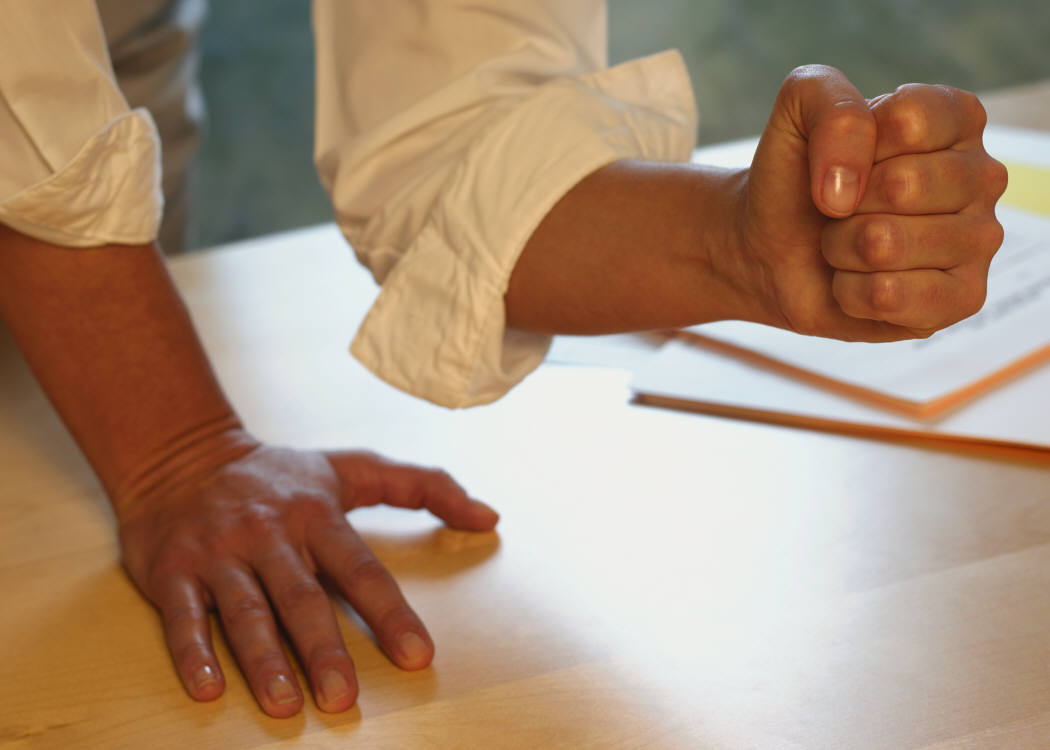Progressive Muscle Relaxation (PMR) has been around for a long time and it’s one of the best methods for learning how to relax. It’s not physically possible to have a feeling of warmth, well-being, and relaxation in your body while experiencing emotional/psychological stress. PMR decreases pulse rate, blood pressure, and perspiration and respiration rates.
Who Should Use PMR Technique?
All of us can benefit from a lifestyle that involves more relaxation. However, PMR is particularly useful for helping insomnia, depression, anxiety, muscle tension, fatigue, irritable bowel syndrome, muscle spasms, neck and back pain, high blood pressure, phobias, and stuttering. Who should NOT use it: anyone with low blood pressure because it could cause a fainting spell. If you have any concerns about how PMR might affect a physical condition, check with your doctor before trying it.
How To Do PMR
It takes two 15-minute sessions per day for one to two weeks to master this technique. Do you know which of your muscles are chronically tense? Most people don’t. One thing Progressive Muscle Relaxation Technique will teach you is how to tell the difference between the sensation of tension and the sensation of deep relaxation. Use the technique to cover four major muscle groups:
1. Head, face, throat and shoulders
2. Biceps, forearms, hands
3. Chest, Stomach, Lower Back
4. Thighs, buttocks, calves, feet
Basic Instructions: You need 10-20 undisturbed minutes. You can sit or lie down. You might play some soothing music or have complete silence. Don’t worry if your mind wanders or if thoughts intrude during the process, this is normal. You just have to keep working to bring yourself back into the present. Over time and practice, these intrusions should become less frequent.
You will be quickly tensing each muscle group for 5 to 7 seconds, quickly releasing and then relaxing for 20 to 30 seconds. You might do abdominal breathing in between muscle groups, focus on a pleasant scene, and/or recite a self soothing statement such as, “I am calm.”
Example: Clench your two fists as tight as you can, hold it, hold it, hold it, notice the tension in your wrist. Quickly let it go. Feel the looseness in your hands and wrists, notice how different it feels from when you had it tensed. Repeat one more time.
Conclusion
Progressive Muscle Relaxation involves tensing and then relaxing different muscle groups in the body. The goal of PMR is to reduce physical and mental tension and promote relaxation. PMR is a simple and effective relaxation technique that can be done on your own, at any time and in any place, making it a convenient and accessible option for people who experience stress and anxiety on a regular basis.
Have you tried PMR? It certainly can be helpful and so can therapy! If you’re ready to try it, book a free consultation with one of our licensed therapists here.



